How to Create a Budget-Friendly Website
- | 8 minute readWeb Development


For startups operating on a shoestring budget, a well-crafted website is an indispensable asset in carving out a market niche, regardless of the industry.
Whether you’re in tech, retail, services, or any other sector, your website often serves as the first point of interaction with potential customers and partners. This makes it crucial to strike the right balance between cost and quality in website development.
Navigating the financial constraints of being bootstrapped while aiming to make a significant online impact is a common challenge.
This article aims to guide you through the maze of cost-effective website development, offering strategies that accommodate limited budgets without sacrificing functionality or aesthetics.
By the end of this article, you’ll learn to plan strategically, choose resourceful design options, and use smart outsourcing to create a website that not only meets your immediate needs but also grows with your business.
In our digital-dominated era, a startup’s website is its most influential tool for brand building, customer attraction, and credibility establishment.
For startups working with tight budgets, the challenge is to establish a strong online presence without extensive resources.
A well-conceived website can transform your business, serving as a cost-effective platform for marketing, sales, and customer engagement.
Recognizing and addressing these factors helps you navigate the complexities of web development effectively, allowing you to establish a digital presence that impresses and achieves your goals without straining your finances.
For startups, especially those that are bootstrapped, every dollar counts. In website development, it’s crucial to make strategic decisions that maximize value without compromising on the essentials of a functional and visually appealing website.
Here are four important strategies to consider:
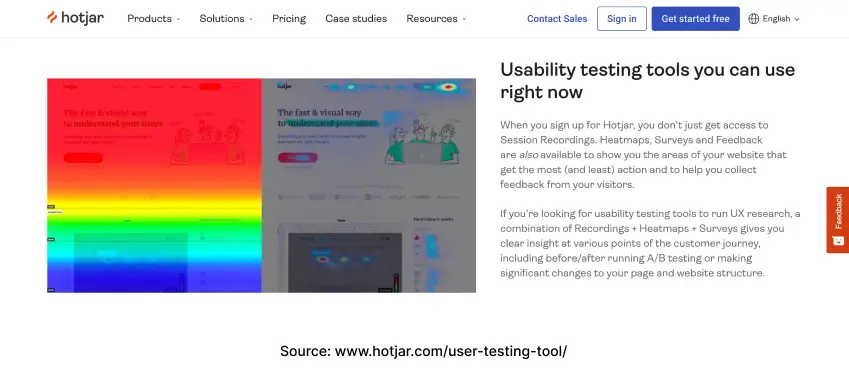
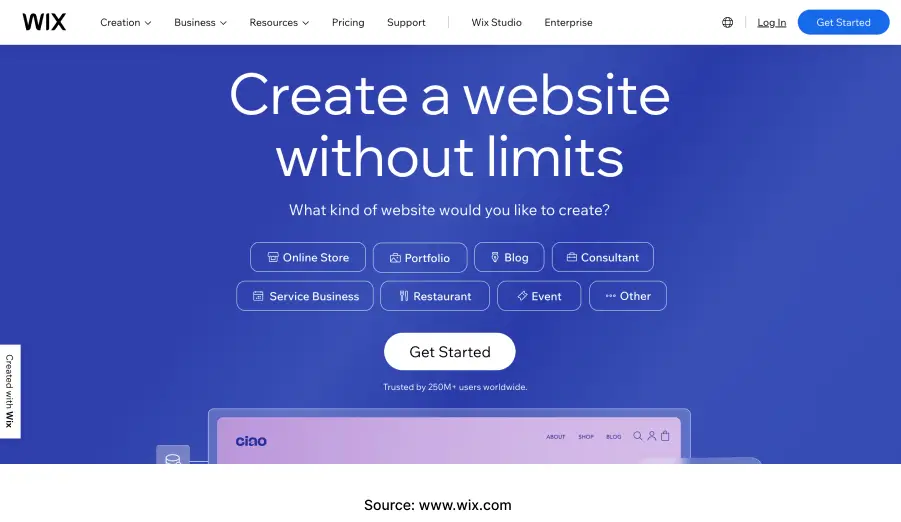
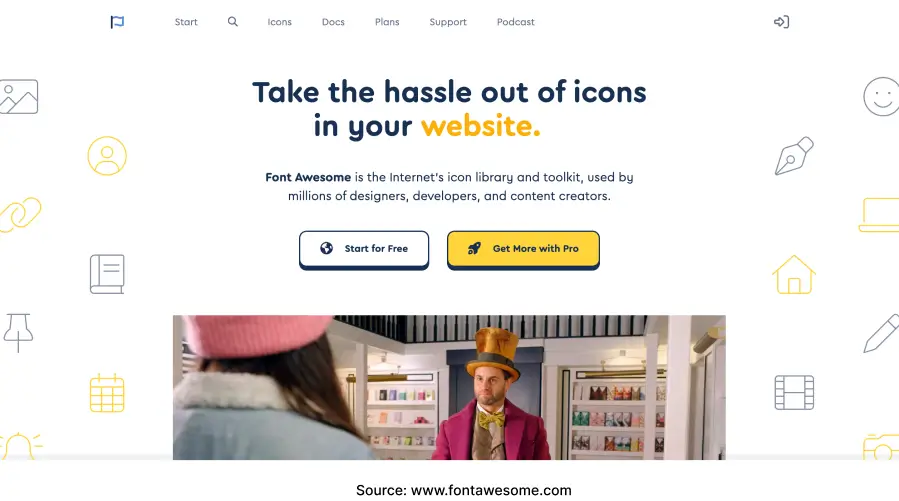

Creating a website that balances quality with budget constraints requires strategic planning and smart decision-making.
You can achieve a high-quality and effective website without overspending by focusing on the following key aspects:
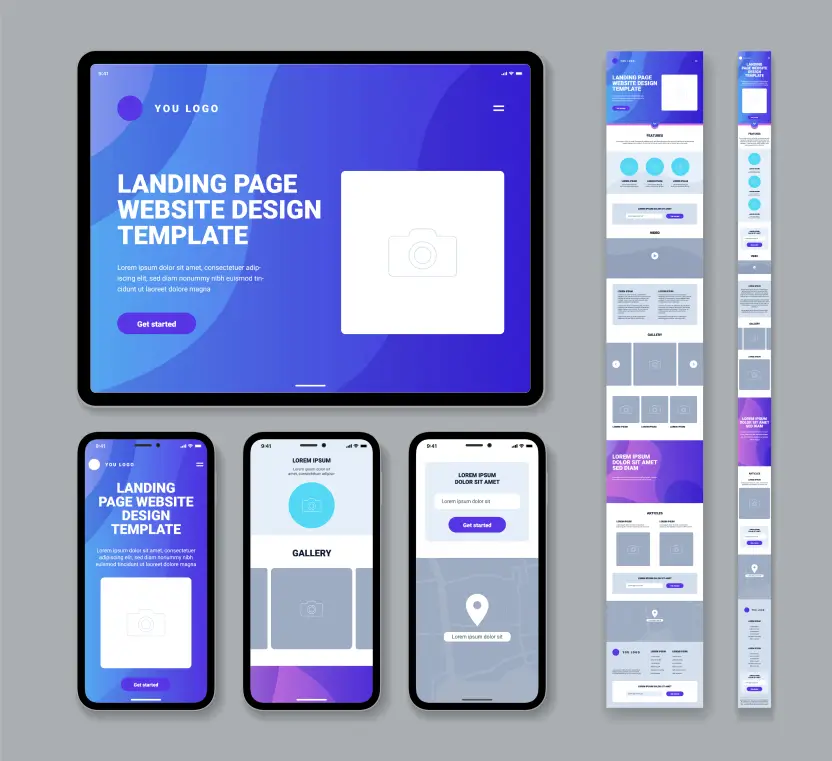

By emphasizing these strategies, you can create a website that not only meets your current needs but is also primed for future success, all while maintaining a keen eye on budget constraints.
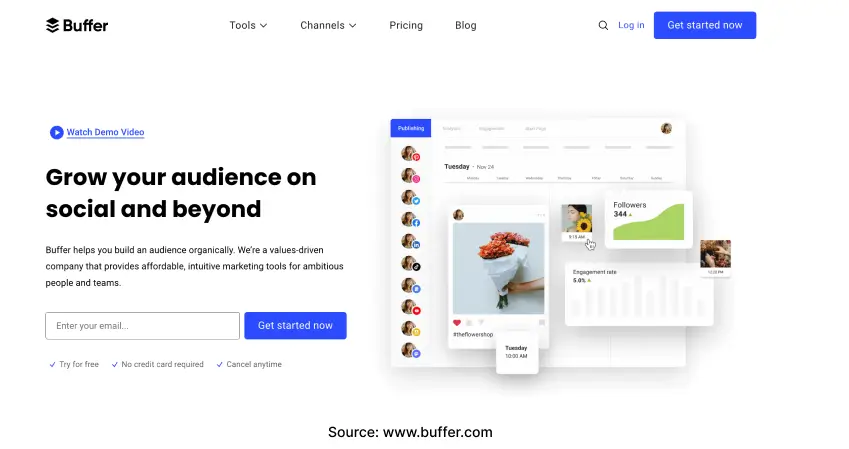
Buffer, a widely recognized social media management tool, provides an excellent example of a bootstrapped startup that effectively balanced quality and budget in its website development.
Starting lean, Buffer had to make strategic, cost-effective decisions to optimize its web presence.
Buffer’s story demonstrates that startups can build a compelling online presence by focusing on essential features, using cost-effective tools, and planning for future scalability.
Despite the availability of open-source tools and templates, outsourcing remains a strategic choice for startups looking to develop professional websites cost-effectively.
While open-source resources are great for certain tasks, they often require specific expertise to fully leverage their potential, and this is where outsourcing becomes invaluable.
While open-source tools are valuable for budget-friendly website development, outsourcing complements these tools by providing the necessary expertise and customization. This combination allows startups to achieve a professionally developed website without the high costs typically associated with bespoke development.
CompileCrew steps beyond traditional outsourcing roles, offering unique contributions to startups seeking affordable yet high-quality website development.
While open-source tools lay the foundation, CompileCrew brings specialized expertise and innovative approaches to elevate a startup’s web presence.
Here’s how we contribute to lean development:
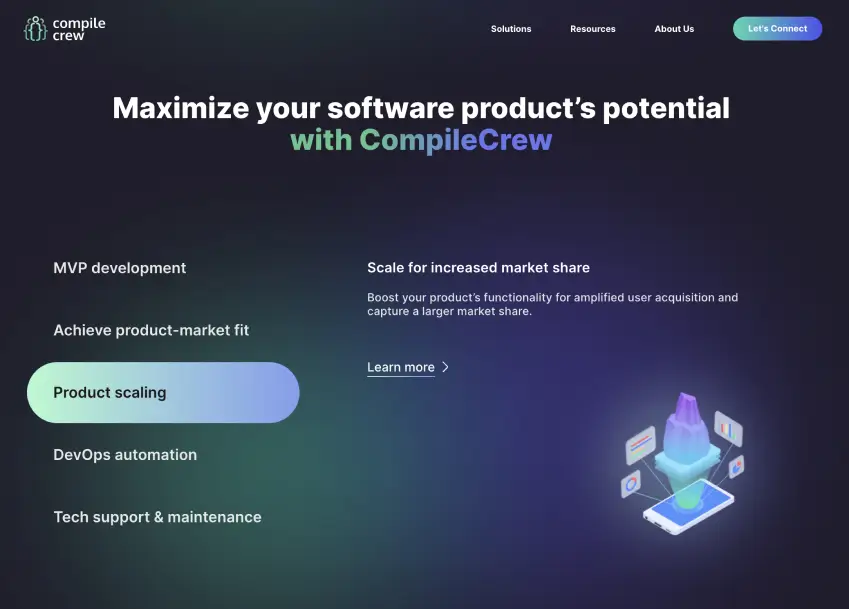
For startups with a tight budget, developing a cost-effective yet high-quality website is a crucial step towards establishing a strong online presence. The journey is filled with challenges, but with the right approach, creating an impactful and affordable web presence is entirely achievable.
Key takeaways include prioritizing essential features, leveraging effective tools and platforms, and considering outsourcing as a viable option to achieve professional standards. By focusing on these strategies, you can create a website that aligns perfectly with your budget constraints and scales with your startup’s growth.
Remember, your website is more than just a digital space. It’s the heart of your startup’s online identity, the first point of contact for potential customers, and a critical tool for long-term success. Investing wisely in your website’s development can yield significant returns in brand recognition, customer engagement, and business growth.
Looking to build a website from scratch or level-up without stretching your finances? Get in touch with us and let us help you enhance your digital presence hassle-free, without running your pockets dry.

Sheena is a growth hacker at CompileCrew. She loves everything about technology and startups. When she’s not in strategy mode, you’ll find her recharging with some rock and metal music.